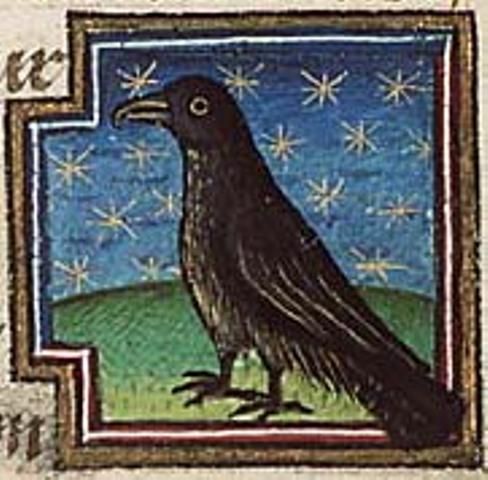















Druidism
Druidism is a catch-all name for the modern reconstruction of the classical Celtic religion. However, in ancient practice, it wouldn't have been called "Druidism" or "Druidry" as "druid" is a title and not a religion, it shouldn't be used as a tag of religious affiliation (like Catholic--you wouldn't call Catholocism "Priestism," though admittedly some--particularly the British--have called it "Papism" and "Papistry"). That being said, I'll stay within current convention and give a shorthand to what some call "druidism."
It is believed that there were three classes in Druidism; this information is based on the writings of Roman observers (Caesar, et al.), as the Celts left no religious writing.[1] Of these three classes, the first are said to be the Ovates or Vates, who are said to be the philosophers and seers; the Bards, who are the storytellers, singers, historians; and Druids, who are the priests and judges. It is possible (though truly unknown, despite the fanciful writings of eighteenth and nineteenth century "historians") that these were progressive grades--the first grade being the Ovate, the second being the Bard, and the third being a Druid. This is certainly how some modern druid organizations are set up, but there is no way to know if this is an accurate depiction of the substructure of Celtic religious hierarchy. It is known, however, that the training to be a druid took 20 years (not unlike what it takes to earn your doctorate here in the US), starting as a young man or woman.
I say woman, as it has often been debated whether there were woman druids, or if they were lesser priestesses. However, I'm inclined to believe that there were women druids, based on an examination of Roman records, particularly that of Tacitus, as well as the possitions of women in Celtic folktales, and the relative level of equality afforded women in Celtic society, and the internal evidence of the existence of "druidesses" in Irish literature.
Beliefs:
The druids are known to have taught metempsychosis, or the transmigration of souls--we are reborn in new bodies, sometimes human, sometimes animal. This is not a punishment, unlike in Hinduism or Buddhism, but seen as a natural part of existence. The Celts did not have a philosophy that "this world is evil and must be escaped"--far from it, if the records are to be believed. Instead, "wine, women, and song" were celebrated at all times, and being reborn was considered a good thing. The Celts were said to be unafraid of death, because of their belief in this rebirth.
Worship:
It is said that the Druids held worship in sacred grove, the word for which being nemeton, though this seems more prevalent in continental references than in insular (however, this difference is most likely due to the influx of Christianity).
There were four sacred days on the calendar, at least as determined through Irish sources: Samhain (November 1, the start of the new year and the beginning of winter), Imbolc (February 1, feast of Brigid), Beltane (May 1, and start of the summer half of the year), and Lughnassadh (August 1, the feast of Lugh).
Another popular practice was that of ritual bonfires, lit at the four high days of the year; according to Cormac's Glossary, the druids would parade cattle between two bonfires as a rite of purification.
Hierarchy:
According to Caesar, the leader of the druids was the Archdruid, usually picked through a meritocracy, but sometimes elected during their yearly assembly in the territory of the Carnutes, possibly modern Chartres. Beneith the Archdruid were the Druids, who acted as judges, teachers and priests. According to other historians (namely the Greeks), beneith the Druids were the Ovates (seers), known in Ireland as fáidh, and below them were the Bards, who acted as inspiried poets, satirists, musicians, and minstrels.
History of Druidism:
The history of Druidism can be broken down into three periods:
Modern Druid Organizations:
NOTES:
1. Aside from Ogham inscriptions on stones, which are thought to be memorial inscriptions; and the Cologny Calendar, which is exactly as it sounds--a calendar. Caesar does say, however, that the Celts--particularly the druids--would write other matters using the Greek alphabet. Whether it was actually Greek or some derivative alphabet is not known.

Back to "D" | Back to JCE
Home
Mary Jones © 2004